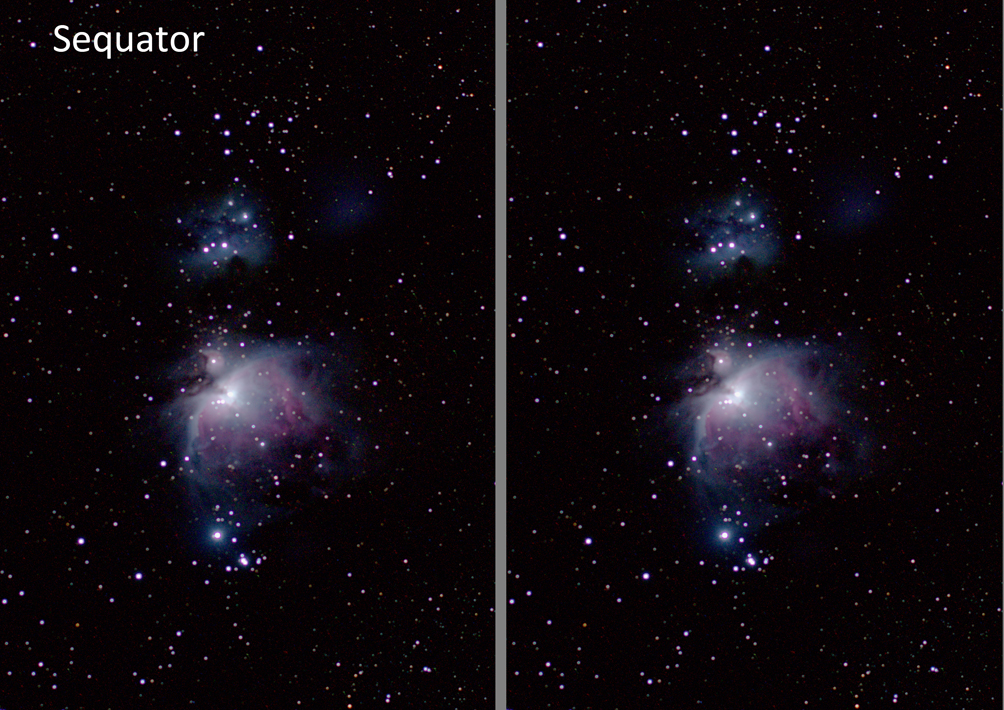
Each method merges the images differently and offers varying levels of quality. Helicon uses three different merging methods – weighted average, depth map, and pyramid. The right pane contains details of source images and the controls for the focus stacking process.Īlthough the basic process is simple, there is a host of advanced controls you can utilize. The central pane contains previews of the source images, and the final composite when it is finished.

This program is simple to use and has a no-nonsense approach.
BEST IMAGE STACKING SOFTWARE PRO
Helicon Focus Pro (one-time payment of $200 + VAT).Helicon Focus Lite (one-time payment of $115 + VAT).Helicon Focus Lifetime License Cost (prices as of 25 August 2020) : You can buy the lifetime license (with free updates) or a one-year license: Once you are ready to buy, there are several Helicon Focus price options to choose from.
BEST IMAGE STACKING SOFTWARE SOFTWARE
In the below sections, we look at the best focus stacking software including:īest Tablets for Photo Editing Best Photo Editing Software for Windows Lightroom vs ON1 Photo Raw vs Affinity Photo Maintain a desirable out-of-focus backgroundĪs you can see, there are several advantages using focus stacking – it opens up a host of possibilities, and provides photographers with greater control.The following are some benefits of using focus stacking: Essentially, using focus stacking, you can get an image with a stunning blurred background, whilst focusing clearly on individual objects too. The large aperture allows you to create a beautifully out-of-focus background or even a bokeh effect. Whilst smaller apertures are fantastic for landscape photography, larger apertures are more appropriate for shooting single objects. Shooting at a small aperture of f/22 may not provide the same level of detail or sharpness as a photo at f/4.0. So why would you use the best focus stacking software? Surely you could just form the above photo of the three plants using a smaller aperture of f/22, for example? This would achieve the same result, right? Technically yes, but we have to consider the fine details.


 0 kommentar(er)
0 kommentar(er)
